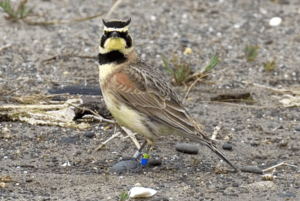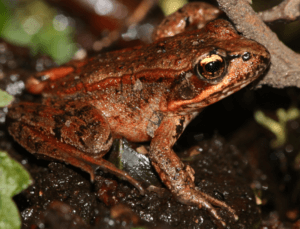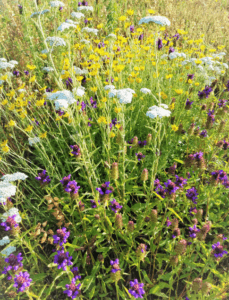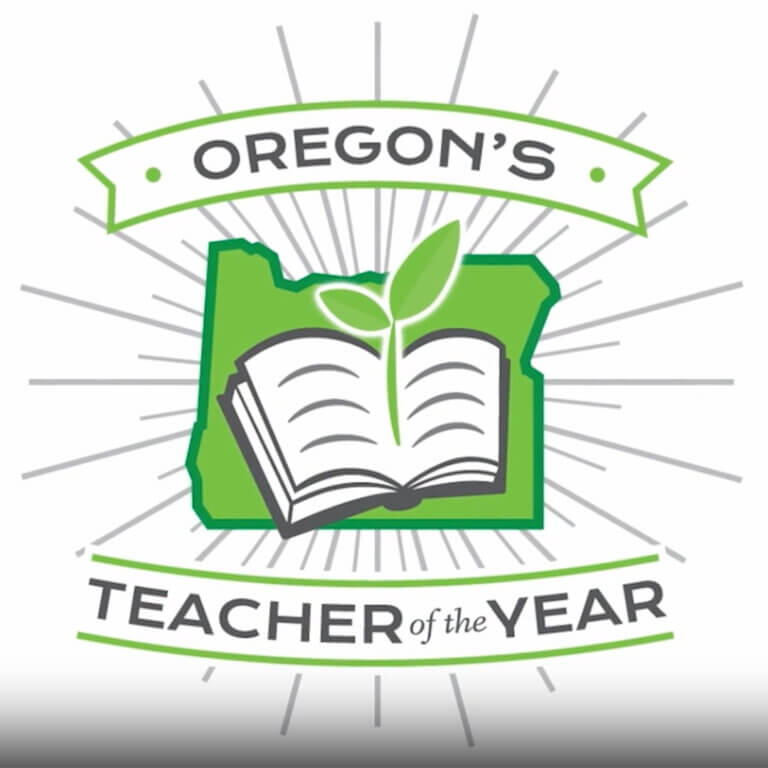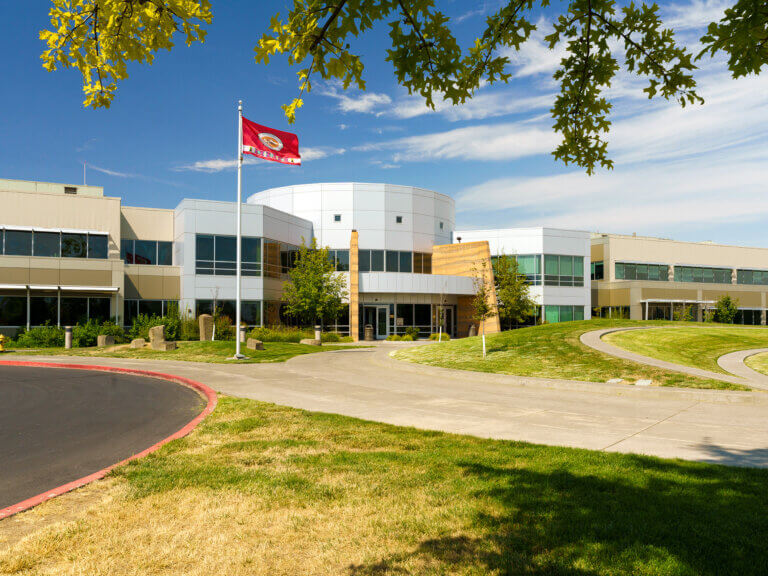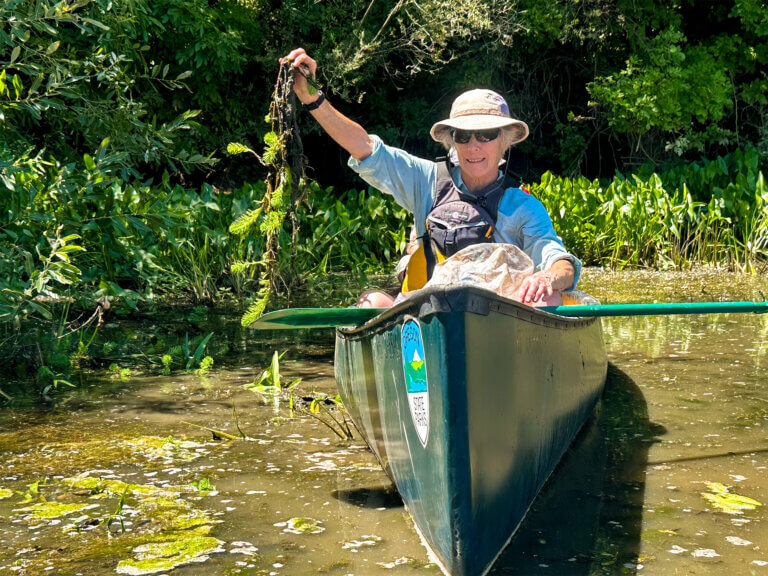Restoring Oregon’s Vital Wetlands
Coyote Creek, Willamette Valley
Giving native plants and animals a place to call home
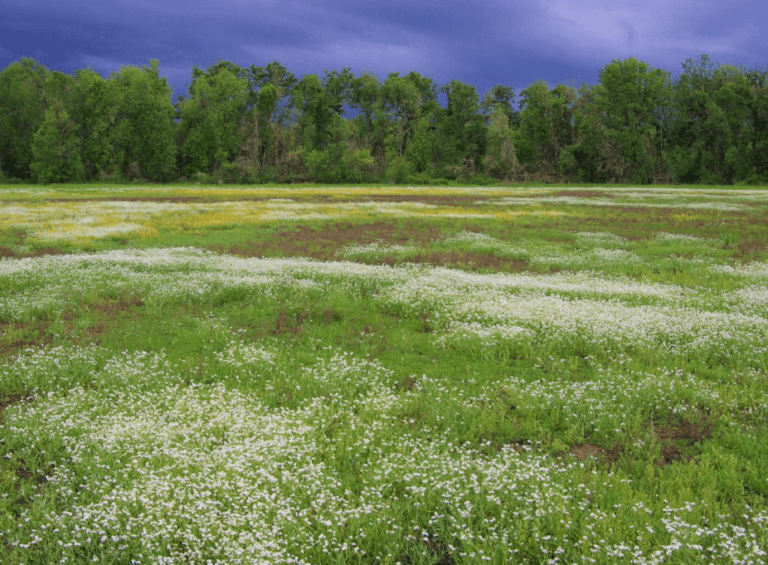
An Ecosystem Worth Protecting
Just ten miles outside of Eugene in the Fern Ridge Wildlife Management Area, a wetland prairie known as Coyote Creek stretches out across the Willamette Valley. It’s one of the few places in Oregon where, if you’re lucky, you might catch sight of a streaked horned lark or a northern red legged frog, just two of thirteen native, threatened species that call this area home.
Wetlands like Coyote Creek play a critical role in the Willamette Valley ecosystem. Not only do these areas provide homes to native species, they also recharge and filter groundwater, trap floodwater, and support stream and river systems. Unfortunately, there’s not much wetland left in the Willamette Valley, making the restoration and preservation of these spaces more important than ever.
Photo courtesy of the Long Tom Watershed Council
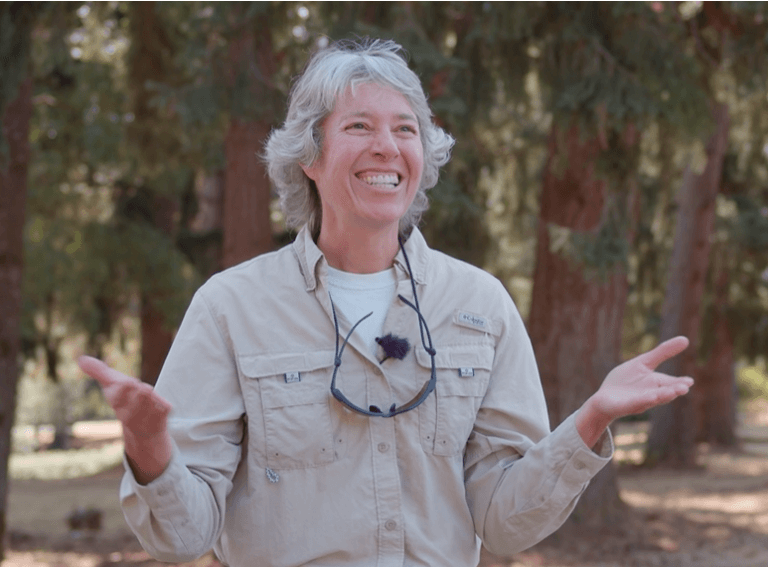

Protect the best, and then you can restore the rest.— Kelly Reis, Oregon Department of Fish and Wildlife Willamette Wildlife Mitigation Program Program Manager
Every Acre Counts
 99% of wet prairies in the Willamette Valley are gone. Only 8 square miles remain today, which means every acre of wetland restored or preserved is a big deal. The Long Tom Watershed Council and its partners are working hard to restore this rare and important habitat, and Lottery players across the state are helping them do it. Thanks in part to Lottery funding, the Long Tom Watershed Council is adding 190 acres of restored wetland to the Coyote Creek area.
99% of wet prairies in the Willamette Valley are gone. Only 8 square miles remain today, which means every acre of wetland restored or preserved is a big deal. The Long Tom Watershed Council and its partners are working hard to restore this rare and important habitat, and Lottery players across the state are helping them do it. Thanks in part to Lottery funding, the Long Tom Watershed Council is adding 190 acres of restored wetland to the Coyote Creek area.
“By adding Coyote Creek into the mix and restoring those habitats, we can extend those available habitats. We provide additional buffering for climate change, providing more opportunities for connectivity, and we can continue to incrementally work from there,” said Kelly Reis, Willamette Wildlife Mitigation Program Manager for the Oregon Department of Fish and Wildlife.
Photo courtesy of the Long Tom Watershed Council
Funding Thousands of Watershed Projects across Oregon
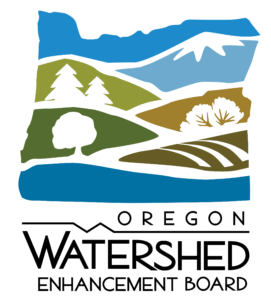 Your Oregon Lottery game play provides valuable funding to the Oregon Watershed Enhancement Board (OWEB) to support the restoration and enhancement of our state’s natural habitats. OWEB utilizes voter-approved Lottery transfers (along with federal dollars and a percent of revenue generated by sales of salmon license plates) to their agency to provide grants to help Oregonians take care of local streams, rivers, wetlands, and natural areas. These grants are awarded to entities like the Long Tom Watershed Council who propose and complete projects which meet stringent scientific criteria, ensuring every dollar spent benefits the ecosystem and Oregonians. Since 1999 OWEB has completed more than 7,000 lottery-funded projects across the state. When you play, you help support clean water and important natural habitats in Oregon.
Your Oregon Lottery game play provides valuable funding to the Oregon Watershed Enhancement Board (OWEB) to support the restoration and enhancement of our state’s natural habitats. OWEB utilizes voter-approved Lottery transfers (along with federal dollars and a percent of revenue generated by sales of salmon license plates) to their agency to provide grants to help Oregonians take care of local streams, rivers, wetlands, and natural areas. These grants are awarded to entities like the Long Tom Watershed Council who propose and complete projects which meet stringent scientific criteria, ensuring every dollar spent benefits the ecosystem and Oregonians. Since 1999 OWEB has completed more than 7,000 lottery-funded projects across the state. When you play, you help support clean water and important natural habitats in Oregon.
Native Plants and Animals of the Willamette Valley Wetlands
As more of Oregon’s wetlands transition to other land uses, habitats for grassland birds, amphibians, and native plants get smaller and smaller. Restoring and preserving wetlands gives our native plants and animals a place to be, thrive, and recover. Thirteen federally-recognized species of concern call the Willamette Valley wetlands home, including western pond turtles, western meadowlarks, Lewis’ woodpeckers, northern red-legged frogs, Bradshaw’s desert parsley, willow flycatchers, and chipping sparrows.
Photo credits: David Maloney, U.S. Fish and Wildlife Service; Heidi Rockney, and the Long Tom Watershed Council.
Nearby Habitat-Friendly Attractions & Activities
If you’re ever in the Coyote Creek area and feel like checking out some wildlife, don’t miss these nearby points of interest.
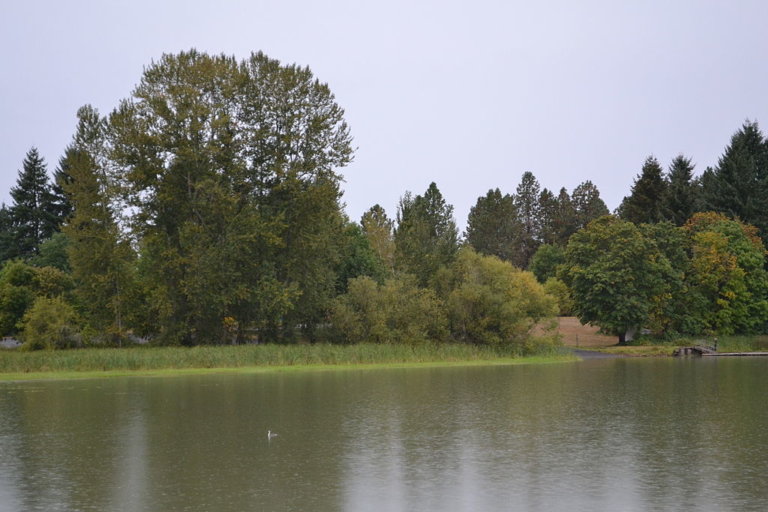
Bird Watching
Coyote Creek and the greater Fern Ridge Wildlife Management Area offer some of the best bird watching in the state of Oregon. Get out your binoculars and take advantage of the many walking trails that wind through the grassland. More than 250 species of birds have been seen around Fern Ridge, making it a birder’s paradise. Maybe you’ll even catch a glimpse of the streaked horned lark.
Photo credit: Visitor7, CC BY-SA 3.0, via Wikimedia Commons
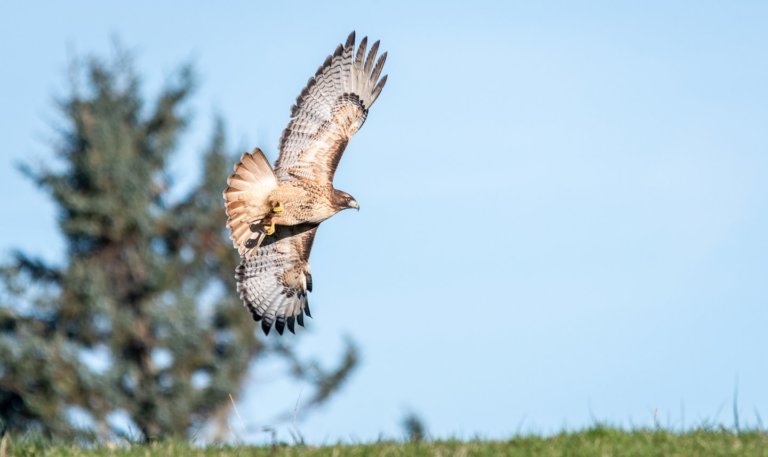
Cascades Raptor Center
If you’re looking to get an up close look at some of Oregon’s birds of prey, then the Cascade Raptor Center in Eugene is for you. This nature center and wildlife hospital is open to the public year round and houses 40 resident education raptors.
Photo credit: Oregon Parks and Recreation Department
Featured Projects
LOTTERY DOLLARS DOING GOOD THINGS IN YOUR COMMUNITY

Economic Growth
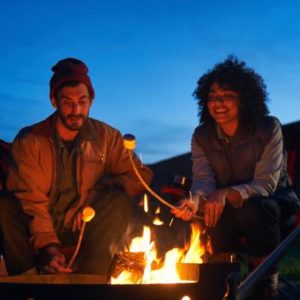
State Parks
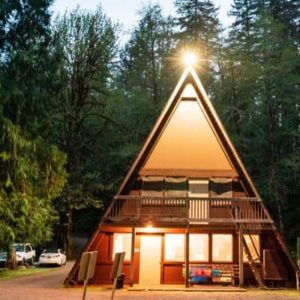
Outdoor School
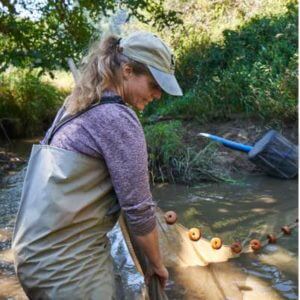
Natural Habitats

Public Schools

